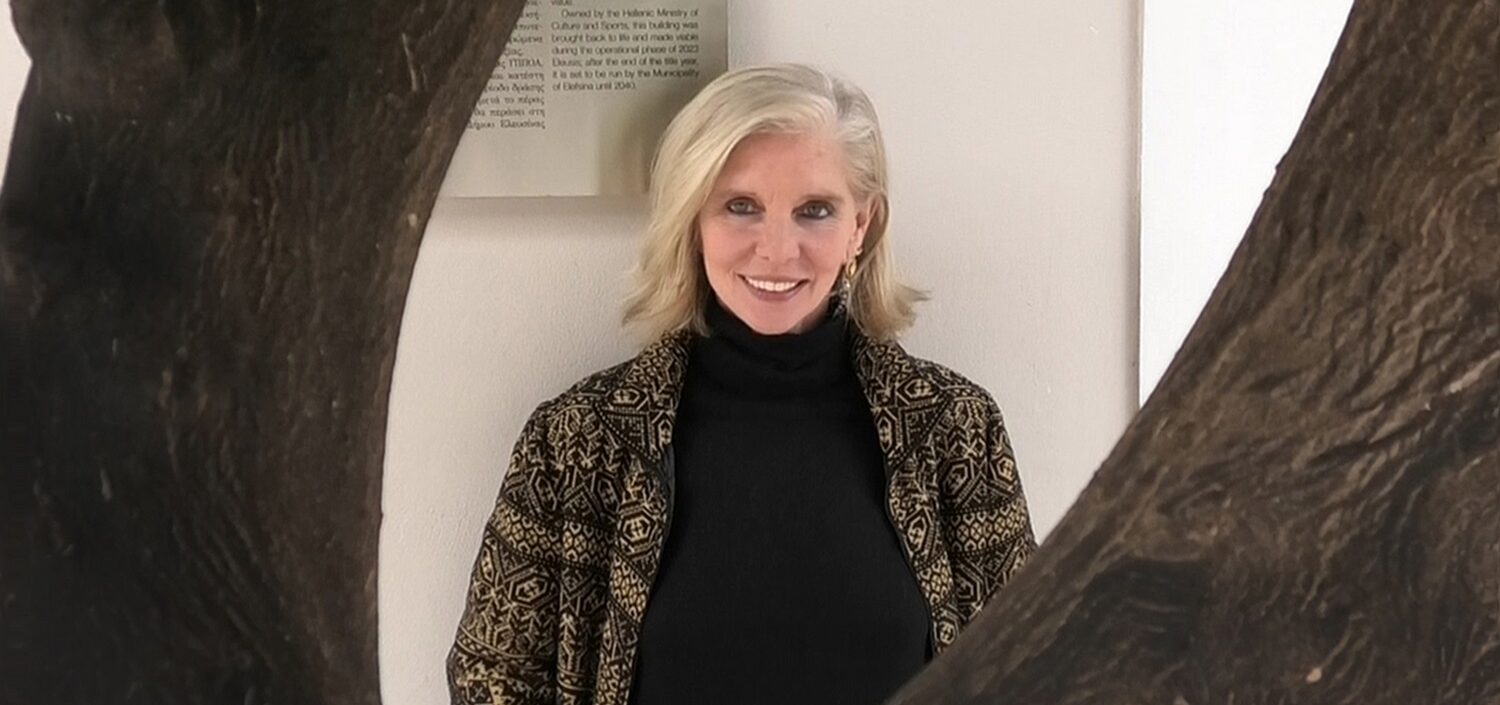
In an exclusive interview to Days of Art, Mrs. Despina Geroulanou, the President of the Board of Directors of 2023 Eleusis European Capital of Culture, analyzes the objectives of the institution as well as her personal vision for the city.
One month before Elefsina will be officially awarded the title of European Capital of Culture, how would you define its role and originality in relation to the other European Capitals of Culture, as well as with the three corresponding institutions in Greece (Athens, Thessaloniki, Patras)?
When the institution of European Capital of Culture (ECOC) was established, initially large cities were selected , such as Athens, Paris and Berlin. In recent years this logic has changed. However, it has always been the aim of the ECOC, through the capitals of culture, to highlight the European diversity, the knowledge and exchange of experiences between the European peoples, and the sense of “belonging” to a European family, while at the same time revealing the specificities and potential of each country. Small cities and often cities facing multileveled challenges come to the fore, just to give them the opportunity to change their image and to define their future with culture as their vehicle. The ECOCs are no longer made with the logic of a large festival, with spectacular events and performances, but focus on highlighting the identity of each place and its alignment with the European principles of social cohesion, inclusion, environmental protection, improvement of the quality of life, in accordance with the principles of Democracy and the rules of Law. With this very logic, Elefsina is a city that deserved to become a Cultural Capital.
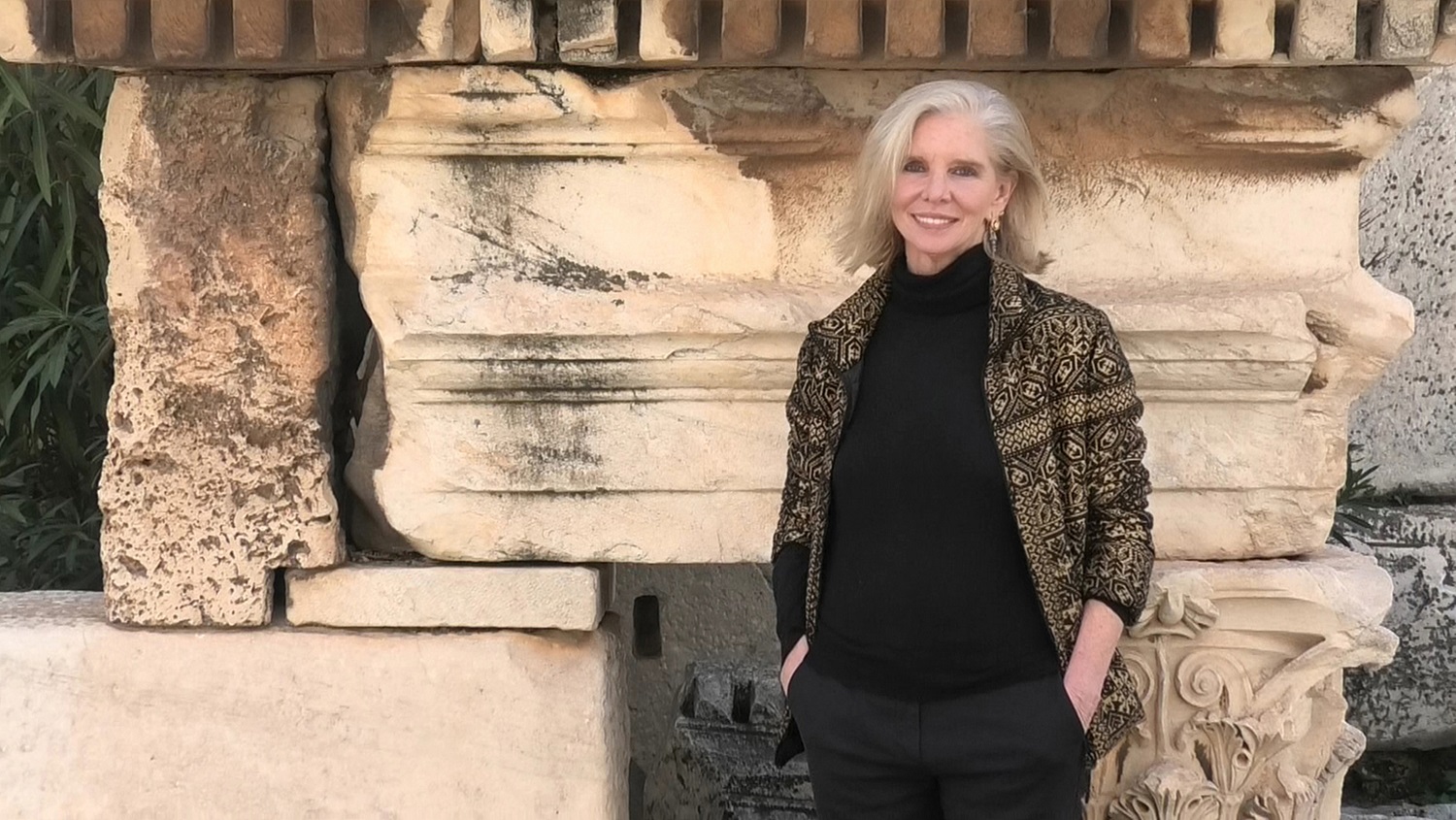
Can you give us a first look at the new programming?
Elefsina is a city with all the issues of a modern society. One could say that it is a miniature Europe coping with issues related to labour, environment and sustainable development, migration, etc. Based on these general principles, 2023 Eleusis focuses on three strategic objectives: People / Society, Environment, Work. The program aims at the promotion and development of the tangible and intangible economy of the city, through the mediation and intervention of Art, Culture and Research.
What do the MYSTERIES OF TRANSITION signalize for Greece, for Europe, for the world?
The acquaintance with one of the most important sacred ancient cities, just 21 km west of Athens, city of the Eleusinian Mysteries and birthplace of Aeschylus, with mysteries that are not revealed yet, with myths of wounded women, with a permanently open dialogue with the Underworld. A city that, beyond all reason, became an industrial centre, with environmental wounds, with intense population displacement, with an emblematic labor movement, with deindustrialization.
Elefsina is a unique city that has nothing to do with the stereotypical image we have had in recent years, and with these contrasts and intersections it fascinates even the most ignorant visitor. It is no coincidence that she has been praised by the most brilliant minds, like Homer, Cicero, Seneca, Plato and younger ones like H. Miller, F. Nietzsche, V. Hugo, A. Arto, A. Camus, V. Wolfe and many more. – Excellent texts have been written for the city and the ECOC is preparing an emblematic version with this material.
Drawing inspiration from its so interesting story, 2023 Eleusis creates an integrated program with original and innovative artistic actions called MYSTERIES (which are numbered), with educational programs, training programs, conferences, etc., in order to achieve the transition to another model of the city through art and culture. The program aims to highlight, enhance, encourage and support the local potential through art, cultural heritage, initiatives with a direct impact on the everyday life of the city, to enhance the self-confidence and joy of the creativity of the residents, to create artistic hubs for the construction of the new cultural identity.
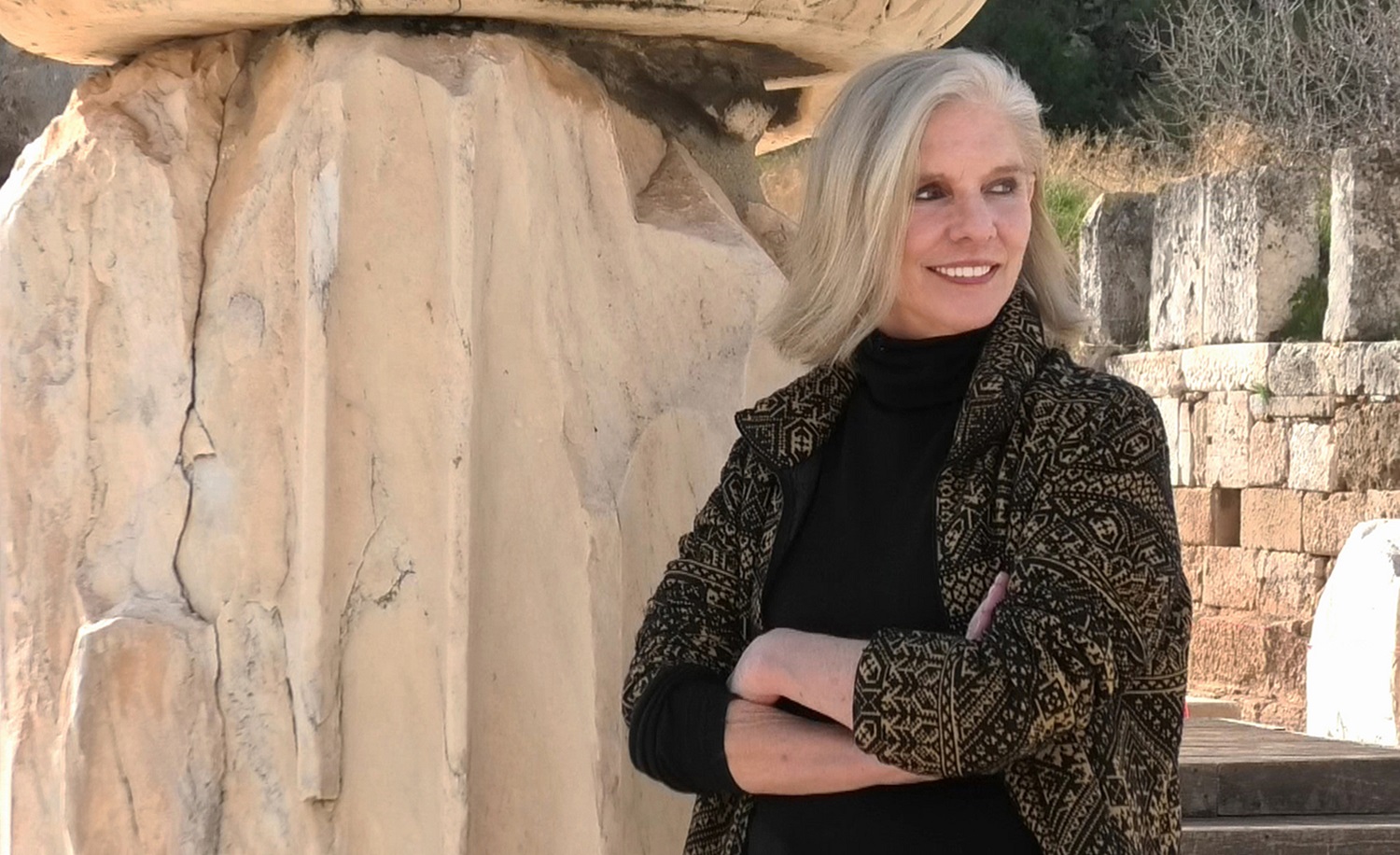
How will the development of the city’s material and intellectual economy be defined with the help of culture and research? And how will the evolution of the industrial area of Elefsina be achieved in the post-ECOC phase, once the 2023.eleusis.eu project is completed?
The ” MYSTERIES OF TRANSITION ” artistic program consists of a series of events and actions, designed to lead Elefsina to its next day and to leave a tangible and intangible legacy, putting Elefsina back on the map as it deserves: as a unique cultural destination. The ECOC aspires to change the face of Elefsina and bring her back to life, no longer as an industrial suburb, but rather as a place of culture.
The program comprises:
Original site-specific artworks of all forms (M19_Visual arts initiator, M3_Elefsina mon amour, M11_MA by P. Kasteloutsi etc.) –
Networking and exchange actions with other European capitals (M56 _ culture 203, M63_culture next meeting etc.)
Actions to promote innovation (Centre for the Development of Capacities and Applied Innovation, M91_magnetic dance, M160_New Earth Layer etc.)
Education and training programmes (M53_Making innovation, M7_ Free University of Elefsina -in situ, M156_Stories about Elefsina, M173_Inclusion workshops etc.)
Transnational exchanges and cooperation (M58_Capital Conections, M45_Atelier Elefsina, M8_ with the gaze fixed on Japan, etc.)
Highlighting the places (M30_Invisible map, M15_ Open Museum, etc.)
Inheritance actions remain in the city and will continue after 2023. Some of them are: M23_Cine Elefsis in situ realities, M35_ Aeschylus Project, M20_Narrative Archaeology, M50_EcoCulture Festival, M59_ Academy of Choreography U(R)TOPIAS.
Perhaps the main goal is the reopening of abandoned factories as places of culture. The Old Olive Oil Mill, Elaiourgiki, Iris, Cine Elefsis, the Old Town Hall, the Refreshment Centre are revived and many exterior spaces have been reopened.
Too many artists participate το the programme of 2023 Eleusis drawing inspiration from Elefsina, but the most important is the participation of the city’s people, especially its young people. Many of the actions are specifically designed for the participation of groups and associations active in Elefsina and interested in art and culture. The more Elefsinians participate to and show interest for the actions of the ECOC, the more assured will be the continuity of cultural actions after the event. This will ensure the continuity of Elefsina as a landmark of ancient and modern Greece, now with a new face.
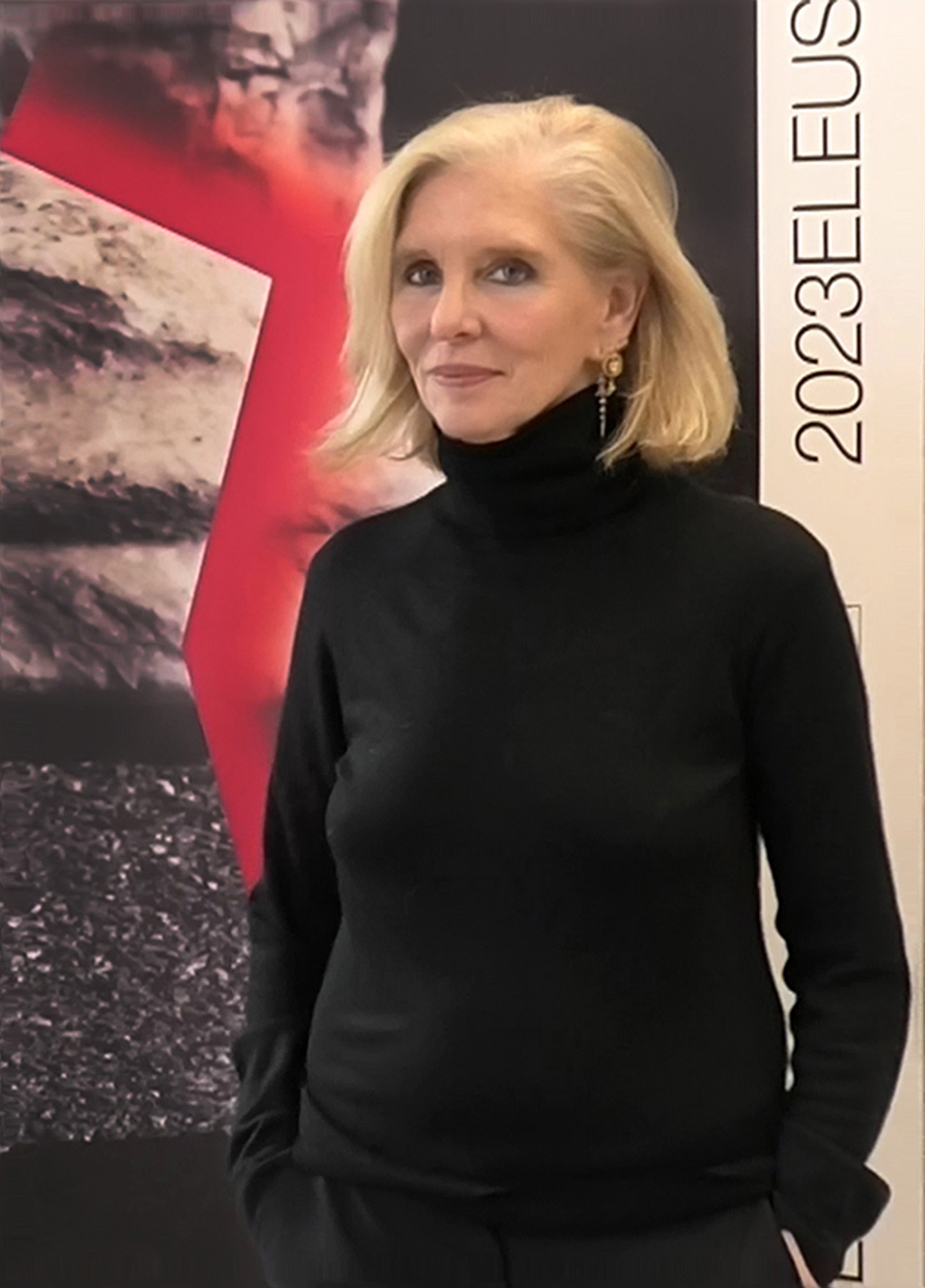
Through the already long “introductory” activity of 2023 Elefsis, an active artistic community is formed that has a lot to give to, and to do for culture. Should the public be prepared to see collective cultural actions with a strong political-social content?
As the three axes Man / Society, Environment, Labour suggest, the actions have a strong political-social content.
Social cohesion is particularly important for the institution of ECOC. After a series of crises, Europe is facing growing social unbalances. The role of culture is to avoid and resolve conflicts as a means of communication beyond language barriers. It prevents the marginalization of people based on their cultural identity, socio-economic status, age, sexual orientation, etc. Elefsina was the only city with principles of inclusion since antiquity, since everyone could participate to the Elefsinian Mysteries: Athenian citizens, slaves, women and children.
The Environment is an issue that concerns Elefsina more than any other city. The violent and uncontrolled industrialization of the city with its obvious marks seen almost everywhere, unemployment and deindustrialization are key issues for Elefsina. The EcoCulture Festival as well as other actions, conferences and educational programs try to redefine the relationship of the city with the environment. TimeCircus – the collective from Belgium that reaches Elefsina on foot carrying their “mobile ship-home”– put the issue of the environment at the centre as a prerequisite for sustainable development.
The third axis, Labour, explores the past and future of work, the common European challenges of precariousness and the cultivation of a model of modern, sustainable economy. It underlines the importance of the cultural and creative sectors for innovation, job creation, cohesion and the well-being of the societies. Supporting culture as a driving force for sustainable social and economic development, promoting intercultural dialogue, and strengthening cooperation on cultural heritage that enriches citizens’ identity are key issues for dialogue and for the legacy that will remain in the city.
How would you describe the role of the great institution Aeschylia in relation to the ECOC and what should the visitor expect from the cooperation between the two organizations?
Our cooperation with the institution of Aeschylia is close. Joint actions have already been carried out and, of course, in the year of the title, cooperation will be even closer. we are in complete harmony and cooperate at all levels with the Public Service Enterprise of the Municipality of Elefsina. The institution of Aeschylia was the first to begin the effort to convert Elefsina from an industrial centre to a place of culture. The art exhibitions that took place in previous years at Cronos and the Old Olive Oil Mill were of international level and marked the beginning of this change. We hope that the ECOC and Aeschylia will build a more solid foundation for this legacy. Studying the course of the previous Capitals of Culture, we believe that the ideal solution would be to create a central body, a cultural organization independent of each municipal authority, with people who know culture in depth, who love the city and who have the potential not only to maintain it but also to expand it.
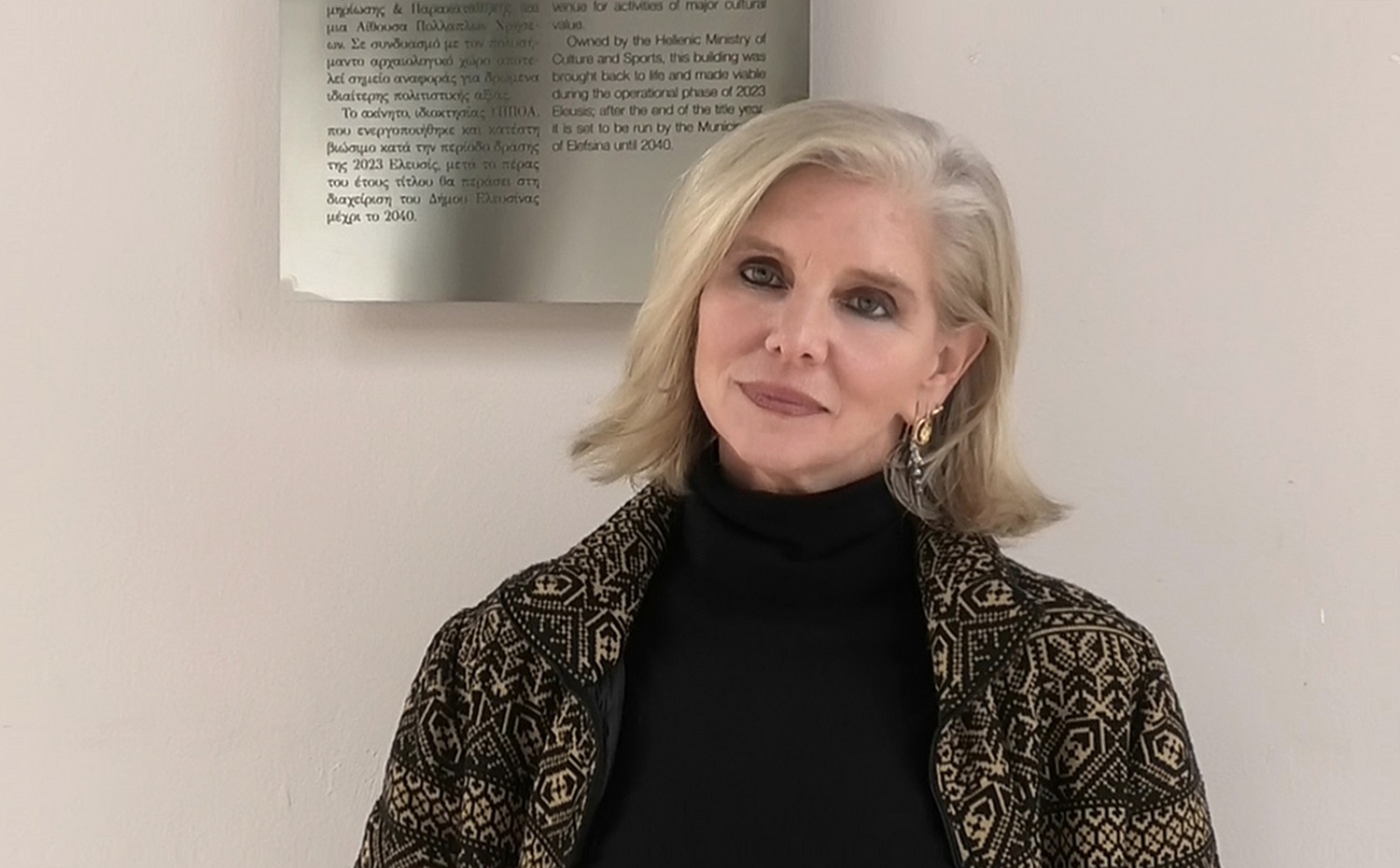
Are you in close cooperation with the Managing Director, Sultana (Nana) Spyropoulou, and the artistic director Michael Marmarinos? How would you describe in a few words the exchange of creative ideas, through which the programming of the events emerged?
I would like to draw particular attention to the two most precious and beloved “travel companions”: managing Director Nana Spyropoulou, for whom I think that, without her multifaceted knowledge and tireless efforts, none of this would have been achieved. And Michael Marmarinos, who inspired us so much, that even in the most difficult moments we stayed upright, and who managed to create this multidimensional and wisely structured program.
I consider myself extremely fortunate to be working with these two people. Everyone with their own way and personality, I think they have been the most valuable partners to move forward this difficult project.
Those of you who have been watching us all these years will agree that a feat has been accomplished here! And because every feat is done by people, I would like to refer to this very efficient small group of young people, who through superhuman efforts and personal sacrifices have made it this far, and are actively pulling for the year of the title. Events of such a range are achieved only with vision, endless work, team spirit and mutual appreciation.
As Chairman of the Board of Directors of the 2023 Eleusis Capital of Culture, what is your personal vision, what would you like to remain engraved in the memory of the international visitor in relation to the organization throughout 2023? Which part or section of your programme primarily expresses you?
What I would like most of all is for us to manage to permanently change the image that most people have of Elefsina and to discover the unseen side of this magical city. I’d like to see these masterpiece buildings, wonderful samples of industrial architecture, come back to life and fill up with visitors.
I would like to see some changes in the city environment and to say that we have contributed to this. I want to see the sea of Elefsina change and open, as well as the coastal front and the access to it. I would like to see children being educated in art and culture and maintaining the traditions of their city, but with knowledge of contemporary art and of the current parameters of culture, so as to contribute creatively to the change of their city. I want visitors to no longer “turn away”[1] but to see that “Elefsina lives, it lives eternally in the midst of a dying world.”[2]
[1] From the “Unsmiling Stone” of F. Koutsaftis.
[2] Henry Miller.

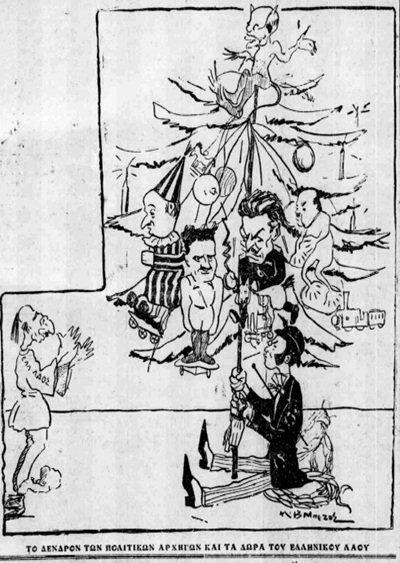
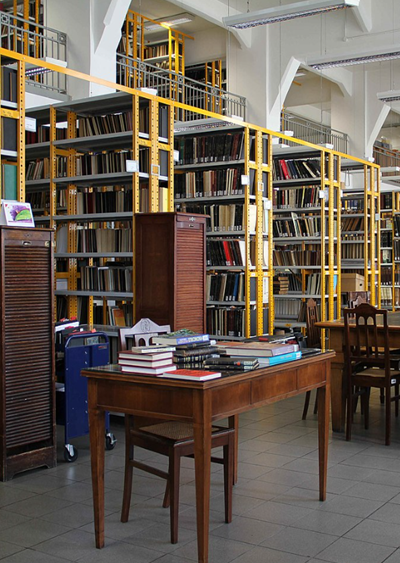
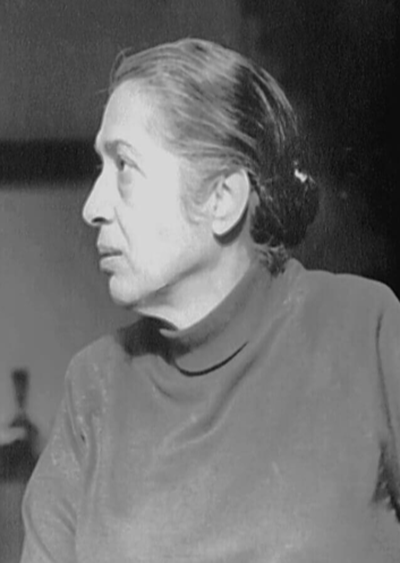
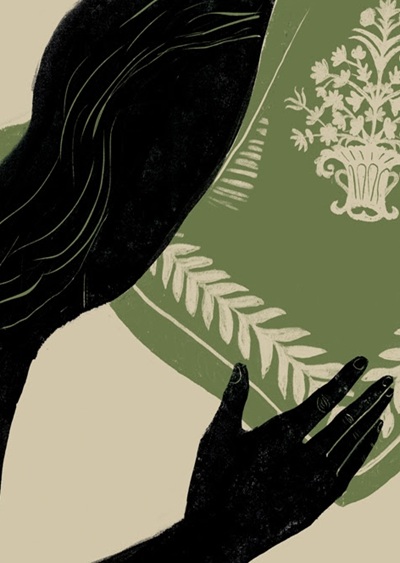


Leave A Comment